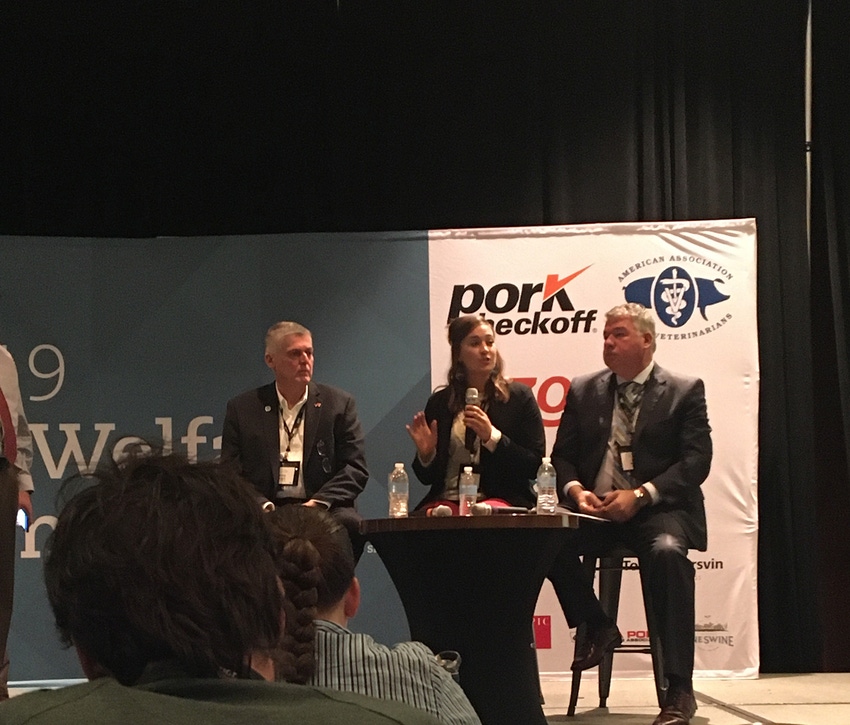While New Fashion Pork has always had a teamwork mentality to any on-farm emergency, recently they have aimed to put those response plans on paper.

If Emily Erickson could put up one sign at New Fashion Pork's headquarters in Jackson, Minn., it would be "Incident Command System."
"There's a reason that the military and disaster response agencies use it," Erickson says. "There's a reason that we're seeing it come in under Secure Pork (Supply Plan) and some of those training situations. It works."
According to the U.S. Department of Homeland Security Federal Emergency Management Agency, an Incident Command System or ICS is a standardized on-scene emergency management construct specifically designed to provide an integrated organizational structure that reflects the complexity and demands of single or multiple incidents, without being hindered by jurisdictional boundaries. The combination of facilities, equipment, personnel, procedures and communications operating within a common organizational structure, ICS is used for all kinds of emergencies and is applicable to small as well as large and complex incidents. ICS is used by various jurisdictions and functional agencies, both public and private, to organize field-level incident management operations.
While the New Fashion Pork team has always had a teamwork mentality to any on-farm animal welfare emergency, Erickson says it has only been more recent that they have aimed to put those response plans on paper. During the recent Pig Welfare Symposium, the animal wellbeing and quality assurance manager for New Fashion Pork told the audience the pork production system's formalization of emergency planning really began with the increasing concerns of foreign animal diseases and African swine fever.
"We went through that journey of getting all of our sites Secure Pork ready with enhanced biosecurity plans, and it was extremely overwhelming," Erickson says. "Although it has been a struggle, it has been really great for our team to sit down and have those long, drawn-out conversations and ask those questions, and I think when you start talking about Incident Command as well and working through that, you really have to be honest with yourself as an organization."
One of the reasons she says it is so important to have those frank conversations before an emergency event should occur is to establish roles. Just because a person may have a particular title or role within the company, they may not be cut out for that position during an ICS.
Erickson acknowledges setting up an ICS is still a work in progress since they started in February. Operating across seven different states, it's been an intense process to not only train staff, but to make contact with county and state authorities on those response plans. After working with every site to get a Secure Pork Supply plan done, the team worked on getting all their staff and contract growers trained on disease recognition and taking samples. NFP's management team has tried to attend as many meetings and workshops in the areas where they are located, including the Iowa State University/Iowa Pork Producers Association's FAD workshops, the Minnesota Emergency Disease Management Committee’s meetings and the 14-state USDA four-day full functional exercise this past September.
"That's really where we were able to insert the Incident Command System and say, 'We really need to do this here at New Fashion Pork,'" Erickson says.
"The great part about starting with Incident Command also is that whether you started with Secure Pork and ASF and that emergency response, or you started with a fire response plan on your farm or a weather-related response plan, whatever that looks like, it is a great foundation to expedite the process, and easily becomes a cross-functional tool."
About the Author(s)
You May Also Like




